Boxing tire
A boxing splint (kappa) is a protective “lining” for the upper jaw. It is designed to ensure the safety of the athlete's teeth, lips and cheeks during combat.
In addition, such designs reduce the force of impact and thereby reduce the risk of cervical spine injuries and concussions.

specialists

equipment

treatment
Making a boxing splint
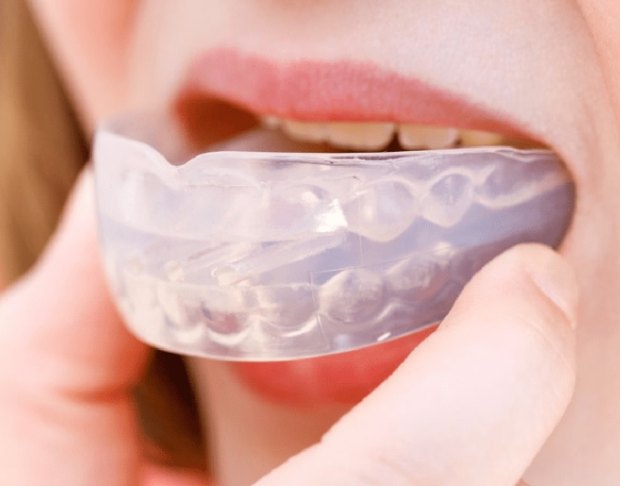
Cast mouthguards are made by casting rubber. They are only available in one standard size. Such mouth guards are not suitable for professional sports: they do not match the type of bite and make breathing and speech difficult. In addition, they have limited protective properties and are not intended to be customized. Therefore, they are used only by amateur athletes.
Thermoplastic mouthguards are made from pre-prepared samples, which are formed to suit the type of bite and jaw shape of each athlete after “cooking”. They fit comfortably on the jaw and absorb shock well. Their disadvantages include high price, fragility with frequent biting and the complexity of the fitting procedure.
Individual splints are made from casts of the athlete’s jaws using lamination and special vacuum equipment. The materials used to create them provide elasticity, strength, perfect fit and reliable protection. Such mouthguards do not interfere with speech, soften the force of impact, do not impede breathing and reduce the likelihood of injury.
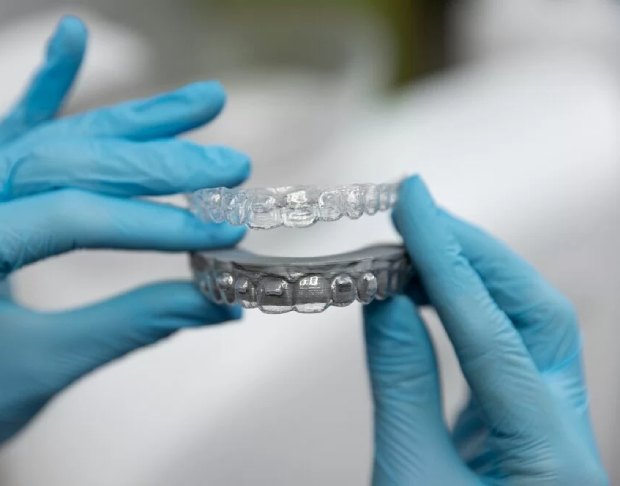
The process of creating such a mouthguard begins with a visit to the dentist, who takes impressions of both jaws of the athlete. This can be done using the classical method or using 3D scanning.
During the first visit, the doctor also discusses the material, design and color of the mouth guard with the client. The process then continues in the laboratory, where a model of the client's jaw is formed from plaster, and then a multi-layer structure is created.
The finished mouth guard should:
- Cover the first premolar
- Cover the alveolar process from the labial side
- Have recesses for buccal and labial frenulum
- Overlap the sky by 4 mm around the entire perimeter
The finished design is tried on in the clinic and adjustments are made if necessary. Then the doctor gives the client recommendations on its care and storage.
Questions and answers
Rules for putting on a boxing mouthguard
Thermoplastic products are boiled and adjusted to the anatomy of the jaw. Without this, the design will not be able to provide the athlete with the proper level of protection. Additionally, thermoplastic tires often have "tongues" for easy boiling. After molding, they must be removed to avoid possible injuries. Frequent boiling should be avoided as it reduces the quality and durability of the plastic.
Standard mouthguards are ready for use immediately and do not require prior preparation. At the same time, they should allow you to close your jaw in a comfortable position without changing your bite. If it changes, this design cannot be used, as it is dangerous.
Wearing a mouthguard with braces or dentures requires caution. Thermoplastic tires can damage them, so it is better to use standard designs.
You need to choose high-quality mouth guards from well-known brands. Cheap analogues are usually inconvenient and short-lived (such designs wear out after 2-3 battles). In addition, they have an unpleasant odor or taste.
Caring for your personal protective mouth guard
After training or competition, the mouthguard should be rinsed with cool water and dried. In addition, it should be cleaned regularly with a toothbrush and toothpaste. For more thorough cleaning of the product, it is recommended to periodically use a cool soapy solution.
To store the mouthguard, a special container is required - in particular, it is intended to protect the product from high temperatures and direct sunlight. The container must be made of durable material and have ventilation holes.
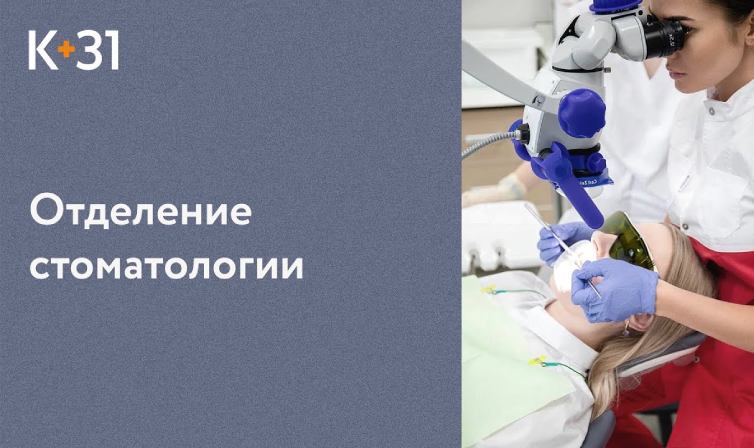
Modern methods of diagnostics and dental treatment at "K+31"
Our doctors

This award is given to clinics with the highest ratings according to user ratings, a large number of requests from this site, and in the absence of critical violations.

This award is given to clinics with the highest ratings according to user ratings. It means that the place is known, loved, and definitely worth visiting.

The ProDoctors portal collected 500 thousand reviews, compiled a rating of doctors based on them and awarded the best. We are proud that our doctors are among those awarded.
Make an appointment at a convenient time on the nearest date
Price
Other Services
Онлайн консультация стоматолога-ортопеда
Diagnosis and treatment of TMJ diseases Axiography of the TMJ Condylography of the TMJ MRI TMJ Splint therapy for TMJ Total dental rehabilitationOcclusion Analysis
Digital Smile Design (DSD) CEREC ceramic crowns, vineyards and deposits: 1 day manufacture and installation Boxing tire

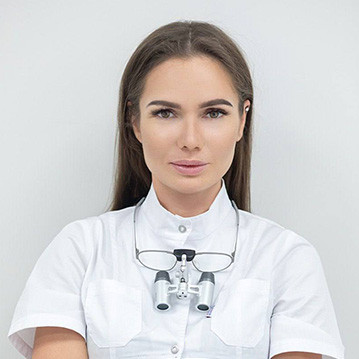

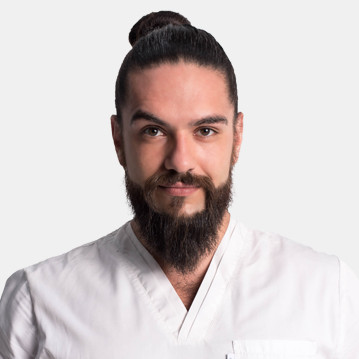

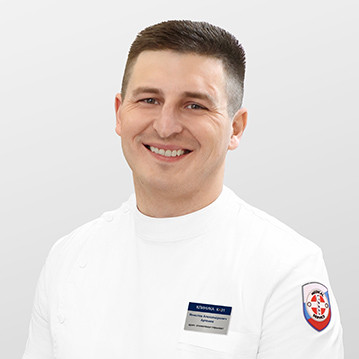









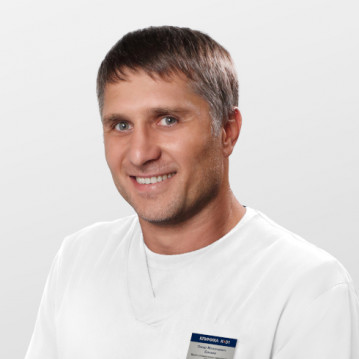






























Types of protective dental guards
There are three main types of mouth guards. Template products are made from plastic or rubber according to a standard pattern and are offered in three sizes:
They cannot be significantly modified, except to slightly lengthen the edges. The main advantage is the relatively low price. Unfortunately, such products have a number of disadvantages: they do not fit well in the mouth, make breathing and speech difficult, do not provide sufficient hygiene and protection, and often cause a gag reflex. In addition, they quickly break down and absorb foreign odors.